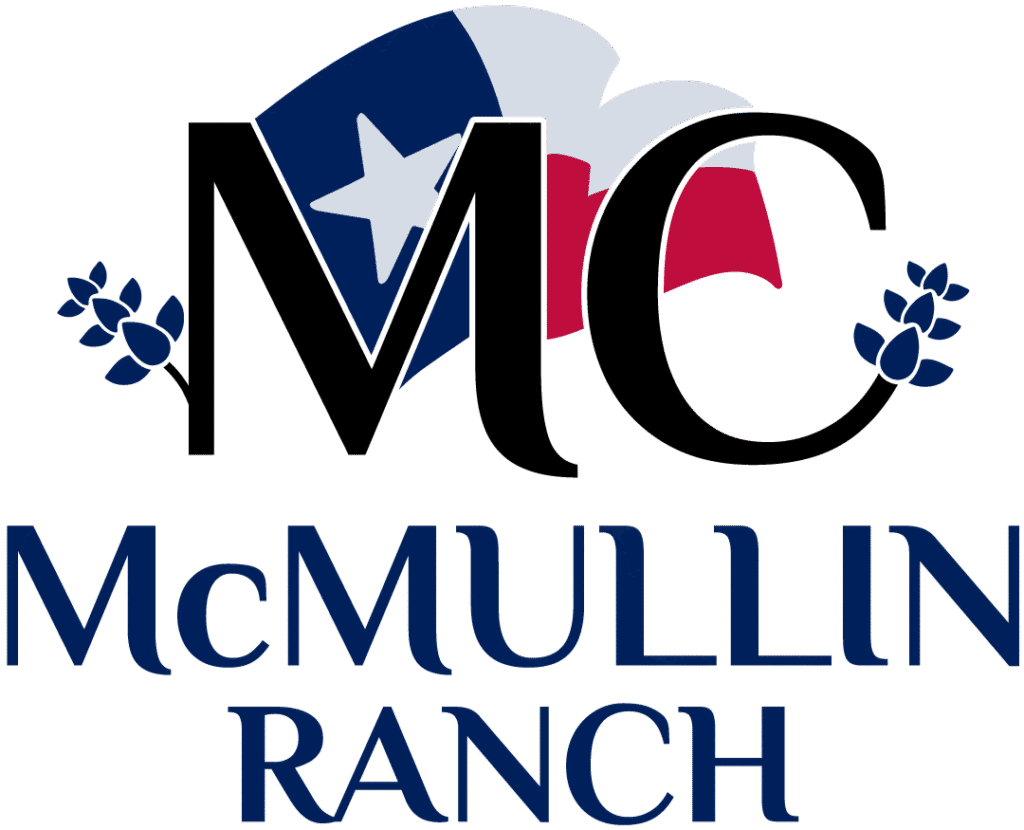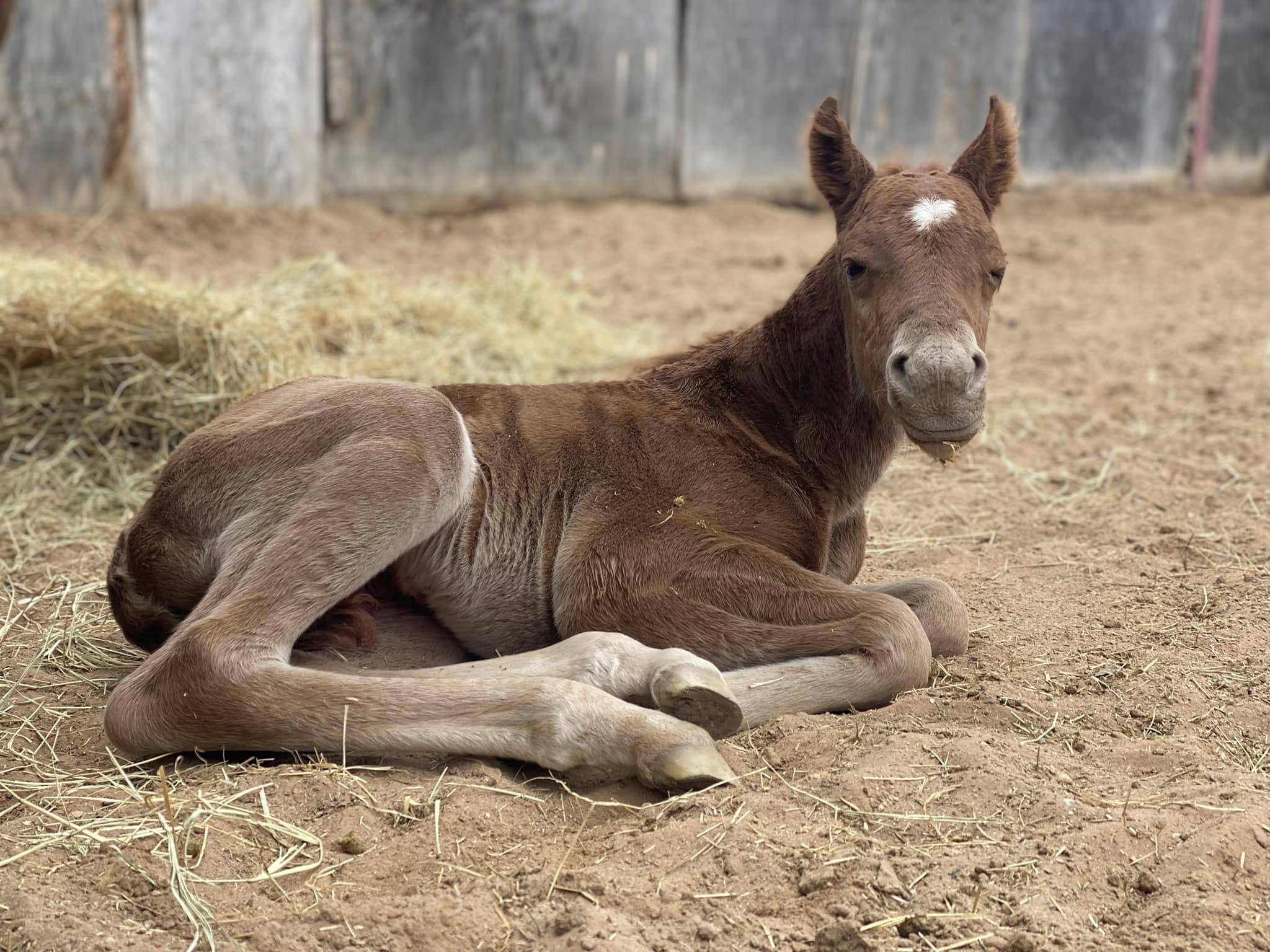For Texans who want to ride horses without taking full ownership to avoid monthly costs, leasing is a great way to enjoy regular saddle time.
Horse leasing allows riders to connect with experienced, well-trained horses without the long-term investment or ongoing responsibilities that come with owning one.
Let’s explore how leasing differs from owning and what it costs.
Types of Horse Leases
There are three main types of horse leases:
Full Lease
A full lease gives you complete access to the horse, similar to ownership. You are responsible for all costs: board, feed, farrier, and veterinary care.
Some owners also charge a monthly lease fee on top of those expenses. This type of lease often costs between $300 and $1,000+ monthly, depending on the horse’s training and the facility.
Half Lease
A half lease means you share the horse with the owner or another rider. You get scheduled riding days, often three per week, and split costs.
The lease fee is typically lower, ranging from $100 to $500 per month. You may also share care responsibilities, such as vet bills, feed, or farrier visits. Half leases are standard in lesson barns or among casual riders.
Care Lease
In a care lease, you don’t pay a monthly lease fee, but you take on all care costs. It’s a good option if someone wants their horse looked after but isn’t charging for its use.
You pay board, vet, and maintenance costs. While care leases reduce upfront cost, monthly expenses can match or exceed those of full leases.
What Affects Lease Costs?
Location plays an important role. In cities like Austin or Dallas, a board alone can cost between $700 and $1,200. In rural areas, a board may cost between $400 and $600. Horse quality also matters. Horses trained for dressage, jumping, or western shows cost more to lease.
Monthly leases might cost more than long-term contracts, while some owners offer discounts for six-month or year-long commitments. Some leases include tack, lessons, or competition use, which affects the price.
Pros of Leasing a Horse
Lower Initial Cost
Leasing reduces the startup cost compared to buying a horse, making it more accessible to a wider range of riders.
No Long-Term Commitment
Leases provide flexibility. Riders can stop or renew the agreement as needed.
Access to Trained Horses
Leasing gives riders access to experienced or high-quality horses they might not afford to buy.
Try Before Buying
A lease lets riders test horse ownership without full responsibility.
Avoid Resale Responsibility
Leasing avoids the need to sell the horse if your circumstances change.
Cons of Leasing a Horse
There are downsides to consider. You do not own the horse. There may be limits on when and how you can ride. The owner can terminate the lease without notice. Riders must follow the owner’s care rules. Leasing provides no return on the money spent.
Key Contract Terms
A clear lease agreement prevents misunderstandings. It should include:
- Start and end dates
- Riding days and competition rights
- Responsibility for costs (vet, farrier, board)
- Insurance coverage
- Terms for lease termination
- Trial period, usually 30 days
Always get terms in writing and review them with the owner. Some barns or trainers provide standard lease contracts.
Hidden Costs and Budgeting
Riders often face costs beyond the lease fee. Equipment such as helmets, boots, or saddles may cost $500–$2,000. Mortality and medical insurance can add $300–$1,000 annually.
Emergency vet visits can cost hundreds or thousands of dollars. Transporting a horse to shows or events may not be included. Show fees, including entry, stall rental, and trainer support, also raise total costs.
Making the Most of Your Lease
Follow the agreed riding schedule. Spend time grooming and bonding with the horse. Communicate with the owner to avoid confusion. Attend clinics or local shows to gain experience. Keep records of expenses and care tasks. A successful lease benefits both the rider and the horse owner.
Lease vs. Buy: Which is Right?
Leasing suits those who ride two to four times a week, are new to horse care, or prefer a flexible commitment.
Buying horses makes more sense for riders who ride daily, want complete control, or plan to compete often. Leasing can also serve as a step toward eventual ownership.
Conclusion
Leasing a horse in Texas gives riders a way to gain saddle time without the full cost or responsibility of ownership. From half leases to full care leases, options exist for different needs and budgets. Costs vary, with an average range from $600 to over $.1,500 per month. A clear contract and a realistic budget help riders enjoy the benefits of leasing.
Start by speaking with a trainer or barn manager. Ask about trial periods and lease-to-own options. With the right lease, riders can gain experience, build confidence, and plan for future goals.
If you require assistance or would like more information about the lease, please don’t hesitate to contact us.
FAQs
How much does a half lease cost in Texas?
Between $600 and $1,000/month, including care and lessons.
Do I need insurance for a leased horse?
Most leases require insurance. You’ll cover medical or liability costs.

